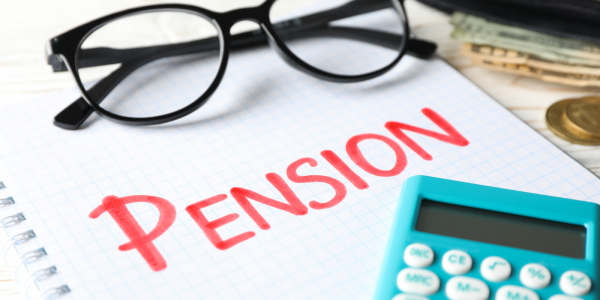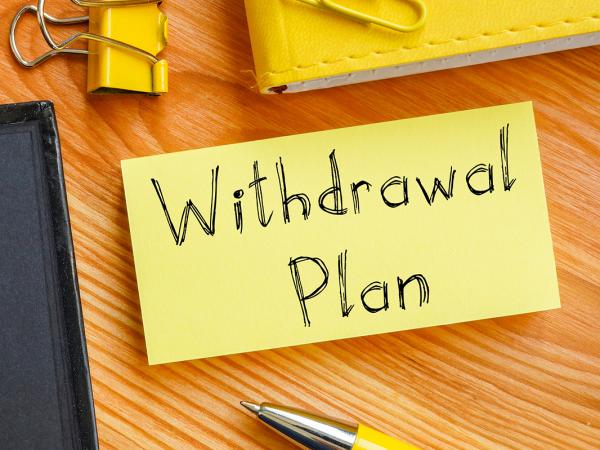Pensions flexibility
You may be able to draw money out of your defined contribution pension (also called a money purchase pension) very flexibly – as much as you like, when you like, once you have reached the necessary minimum pension age age. You have a great deal of control – but the rules are very complicated in many ways, and you should try to understand them before you act.

Content on this page:
Overview
Flexible pensions were introduced from 6 April 2015. The rules apply to ‘defined contribution’ or ‘money purchase’ pensions – those where you have saved up a ‘pot’ of cash or investments. This will be the case for most personal and occupational (workplace) pensions.
Under pensions flexibility, once you reach the relevant age, you can choose what you do with your pension pot. You can read more about the age at which you can access pensions on our page Pension withdrawals.
Your pension provider might allow you to take what you like, when you like, from your pension (as long as you meet certain requirements such as the minimum pension age). However, they are not obliged to do so. This means that even though the tax rules allow flexibility, the options from your own pension provider might be limited. You might then be able to move your pension savings to another provider to get more flexible options, but this could also come at a cost.
After your death, your beneficiaries may be able to keep taking money flexibly from your remaining pension pot. Our page Pensions and life assurance on death provides more information.
There are different rules that apply for defined benefit or final salary schemes and you might not be able to access these type of pension flexibly. We discuss this on our page Pension withdrawals.
Tax on withdrawals
You are allowed to take some money (usually 25%) out of your pension tax-free. But three-quarters (75%) of your pension savings are taxable as income.
Under flexible pensions rules, you can decide whether you:
- take your full tax-free amount up-front (in which case any further payments will be treated as fully taxable income); or
- take staged payments which are a mix of tax-free cash and taxable income (in which case, 25% of each payment is likely to be tax free and the other 75% will be taxable).
Taxable amounts will be added to your other taxable income, probably giving you an extra tax bill. The extra income could tip you into a higher tax rate, and/or could mean that you are no longer entitled to extra tax allowances.
If you are a Scottish taxpayer, different income tax rates and bands apply to your pension income. There is more information in our page Scottish income tax. From 6 April 2019, a Welsh income tax came into effect. However, for tax years until at least 2024/25, it has no effect on the amount of tax Welsh taxpayers have to pay.
As discussed on our page Pension withdrawals: thinking ahead, receiving pension payments can cause further tax implications.
Annuities
Annuities still exist alongside pension flexibility. This means that they are an option for you when deciding what to do with your pension savings.
For example, you could buy an annuity with part of your pension and take another part of it under the flexible pensions rules. You should try to obtain financial advice if you can. The government’s MoneyHelper website gives information on choosing a financial adviser and you can also use its free Pension Wise guidance service. Once you have bought an annuity, if it is for life there is no more flexibility with that part of your pension savings.
If you have inherited an annuity on someone else’s death, the income might be tax free. See our page Pensions and life assurance on death.
Continuing to pay into a pension
Once you have started accessing your pension, the amount you can further contribute to pensions (for example, if you are still working) is usually restricted, due to the Money Purchase Annual Allowance. You can read more about this on our page Pension contributions: tax relief limits.



